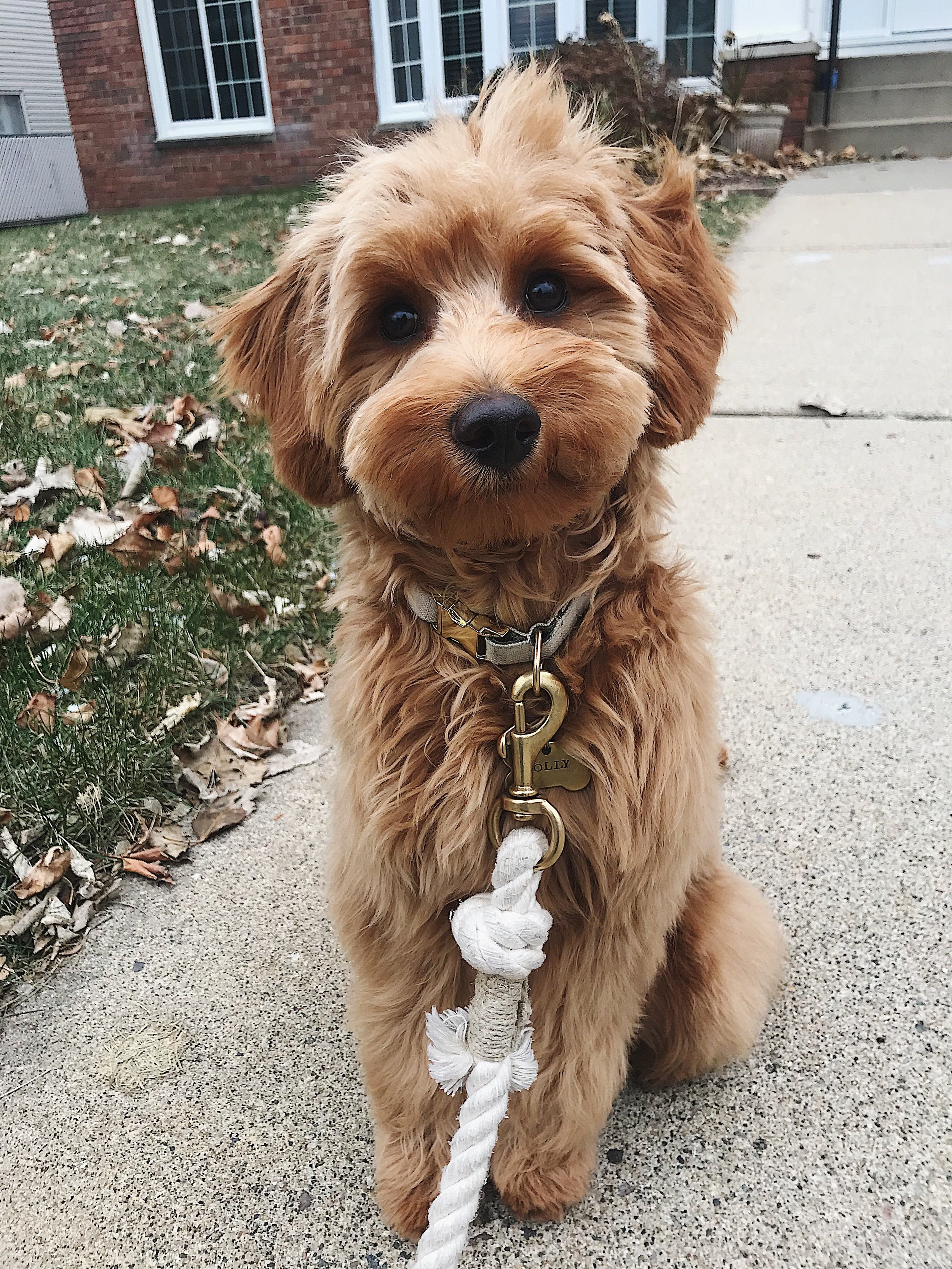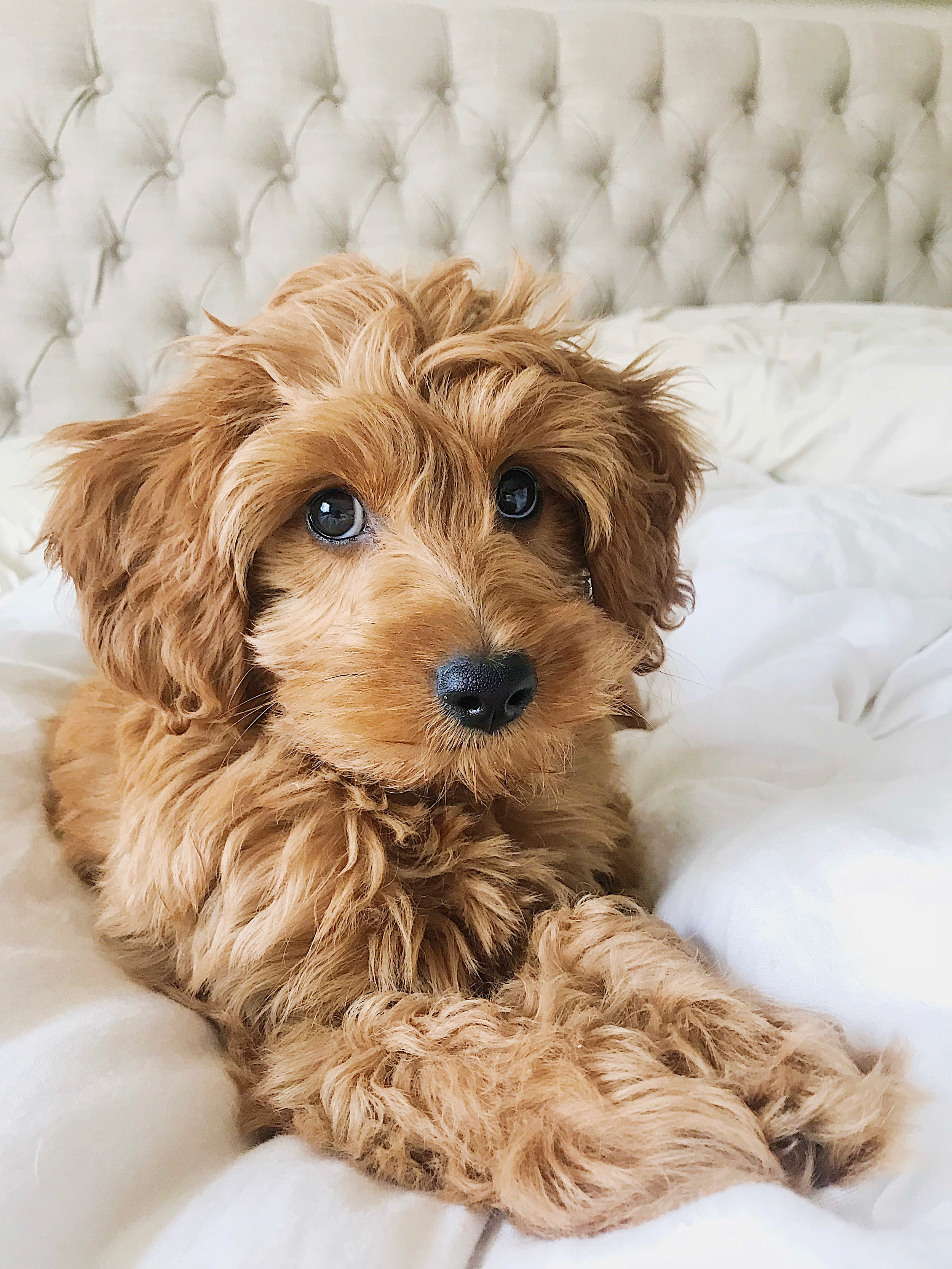Both Allie and I get the question “how do you keep your floof so floofy!”…”We also get how do I tell my groomer what to do with my dog?!” Below Allie Schamburg (@thelifeof.polly’s mom!) complied all of her grooming goodness into a guest article here at Leader of the Pax.
Allie also just launched her own blog, The Life of Polly, which you can check out here! Allie writes about all things polly and all things dog mom! She’s also been featured on leader of the pax for her extensive research how to guide on how to find your lost dog.
Make sure to check out this post before heading to your next grooming appointment.
xo, Nikki
Everything You Need To Know About Bringing Your Doodle To The Groomer.
by Allie Schamburg
“What do you tell your groomer to get Polly’s hair to look like that?!” Out of all the DMs and questions I get about Polly, this is hands down one of the most common! While doodles are some of the cutest, cuddliest, and fluffiest dogs out there, doodle owners know all too well that it comes with a price - grooming. Because they are often non-shedding, goldendoodles and other poodle mixes are some of the most high-maintenance breeds when it comes to grooming. In addition to at-home grooming care, this also means taking your pup to the groomer every couple of months for a haircut and spa day. The groomer can bring up anxiety for a lot of dog owners, and it’s understandable. If you’re spending that much money for a hairdo your precious pup will sport for the foreseeable future, you want it to look just right! I finally took the time to write out all of my tips and tricks to help you get that perfect, short-but-not-too-short puppy cut for your doodle.
Why do I like to get Polly’s hair cut so short? I have 4 main reasons:
It gives her that puppy look we love.
It is all-around more comfortable for her. The shorter cut keeps her from overheating, helps her to see better, and keeps food out of her hair.
We can see her cute features better! Her adorable puppy eyes, the shape of her face and body, even her little tongue and lippers - all much easier to see when it’s not covered in long overgrown hair.
It’s easier to upkeep and brush in between her grooming appointments! Less tangles and mats, quicker baths and blow dries equals more time for cuddles and playing.
Disclaimer: I am in no way a professional on this subject! I am just a dog owner. If you want a professional opinion, I would definitely recommend to go speak with your professional dog groomer. If you do like Polly’s grooming style, hopefully this article can help provide you with some specific language and photos to better communicate the exact style you’re looking for to your groomer.
Find a Groomer You Trust
This is the best place to start! Without a great groomer, it will be much harder to achieve the look and style you’re going for. If you’re picky about grooming, don’t take shortcuts on this! You need to pick a groomer based on reviews and referrals, not geographic location. There is a grooming salon 5 minutes from our house, but we take Polly to a place that is 15-20 minutes away instead because it’s our favorite. We always schedule the appointments for a Saturday or Sunday, drop her off, and then go run errands, try a new restaurant or explore the city while we wait. Make a day of it!
To find a good groomer, ask your friends or go online. Do you have a friend or family member with a doodle that gets cute haircuts? Ask who they use! Referrals are always the easiest way to make sure you’re picking a trustworthy business. Make sure you ask for the specific name of their groomer, so when you call the salon you can make an appointment with the same person.
If you don’t have a friend to ask, go do some internet sleuthing. Google and Yelp reviews are great places to start. If you want to get even more specific info, go on Facebook groups. Facebook groups are the BEST for finding out really specific information and reading forums! For me, I wanted a recommendation for an individual person to do the grooming, not just a highly rated company. So I went to the “Dogs of MSP” Facebook group since we live in Minneapolis. If you’re not a member of one yet, search Facebook and you should be able to find a dog group in your city. Once there, I searched “groomer” “grooming” “doodle groom” and other similar keywords in order to read posts and comments that matched what I was looking for. Try to find ones with pictures so you can make sure it’s the style you like. It wasn’t long before I realized a pattern - a lot of the pictures I liked all used the same groomer! From there I was able to make an appointment with her, and we have used her ever since. If you can’t find past posts with this kind of information, try creating a post in the Facebook group to ask.
Find Pictures To Show Your Groomer
Once you’ve made your grooming appointment, it’s time to have your research ready to show your groomer! What’s the saying “a picture says a thousand words”? Expressing your desired style with words is definitely necessary, but sharing pictures is invaluable because it minimizes the chance of a misunderstanding or miscommunication. Use Instagram or Pinterest to find great pictures! Save or screenshot 3-5 pictures of dogs with haircuts you’re aiming for to show your groomer when it’s time to go drop off your dog. Pick photos from a few different dogs and different angles. If Polly is your ~*hair goals*~, save a couple of your favorite pictures of her to show them! When looking for photos, also make sure you pick dogs with similar types of fur. So if your dog is super duper curly, pictures of Polly may not be very helpful or attainable.
Get the Language Right
This is the part that I think is the most mystifying for owners. How do I get the picture and the words in my head across correctly to my groomer?! It can definitely be a complex thing to try to explain. My first tip is to try explaining things in a couple different ways. Don’t be afraid to use specific and descriptive language to get your point across, and say things in different ways so you give your groomer a better chance at understanding what you’re trying to say.
As far as explaining the specific style, if you want your pup to have a look similar to Polly, here ares some notes for what to say:
Don’t use electric razor on body. Do an all over scissor cut. This means using scissors for the entire haircut. This will probably cost a little extra.
Body
Make it one length all over.
Some groomers will make the length on the legs longer. Ask them to make it the same length as the body.
Trim the tail down. You don’t want it to look huge and unruly with long and stringy hair, want it to look more like a puppy tail with shorter hair.
Do a “sanitary” on the private parts, and shave all around that area.
Face
Want the face to be very very short. The way I request her face to be trimmed is pretty extreme by dog grooming standards, I think. I find that a very short haircut on the face is the cutest because it’s how she looks most like a puppy, we can see all of her features the best, and she is definitely the happiest that way too.
Trim eyelashes. I like the puppy eyelash look - you know how they were basically human-length eyelashes when they were first puppies? Trim so they are closer to that length. They will still look beautiful and you should still be able to see them - just want to avoid that look where they are all starting to gather together and go way past the eyes, or even droop down.
Top of the head: just want to make sure it’s not doing a hair part down the middle of the head.
Trim the ears, don’t let them grow out and get super long and stringy. I think our groomer layers them a little bit. You want them to look like puppy ears. Make sure they trim on the inside by the ears too so that gets cleaned up.
Don’t “scoop out the eyes”. This means don’t shave around the eyes. You want the fur around the eyes trimmed very well so that you can see their eyes fully. No fur should be impeding their vision or growing up or down into their eyes at all. But only do this by trimming; don’t shave around the eyes. (FYI: I only say this because I trim around Polly’s eyes on a weekly basis to make sure hair stays out of them. If you don’t do face trims in between grooms, then I would recommend that you do let them shave this area so that hair won’t grow up into their eyes. You want to be able to see their cute eyes, and you want them to be able to see you!)
Don’t shave the top of the nose, or in other words don’t shave the bridge of the nose. Just trim.
Cut the hair on their beard or chin very short. Don’t want a long beard. This will help keep their face from getting as dirty or messy.
Definitely no mustache! This is probably the #1 thing to ask for. Basically, the hair on the snout should pretty much “stand up” versus drooping down and forming a mustache. Ask for them to cut the hair on the whole nose or snout area very short. If done right, their nose should almost have a circle shape if you’re looking at your dog head on, if that makes sense. It should be cut the same length the whole way back on their nose, so it’s like a cylinder. This is hard to explain, but that’s the best I can do! You want it to look puffy and kind of give a chubby cheeks look. Pictures will be helpful in explaining this.
Trim the cheeks so they will look short similar to the nose.
Feedback & Adjustments
Try to remember that your dog will come out from the groomer with a blow-dried look. Their fur will look very different, and won’t have that shaggy wavy look that most owners love. Don’t freak out, and try to cut your groomer a little slack. It just looks that way because they have to blow dry them. The fur should look normal again in 2-4 days. So when you’re looking at the haircut, pay attention to shape versus the texture.
When you go to pick up your pup, be sure to give feedback! My groomer always asks if there’s anything we want adjusted or fixed while we’re still there, and I take her up on it if needed. If I want the face shorter or the tail trimmed a little more, it only takes 2-3 minutes for her to go fix it. Your groomer is happy if you’re happy, so be honest about what you like and don’t like. If you go home and then realize there are a couple things you want differently, write it down. The next time you go in, tell them you want the same cut as last time but with a couple adjustments.
Another thing I do is trim Polly myself in between cuts. If I realize in a few days that I wish her beard was just a little shorter, I just do it myself!
Lastly, make sure to tip your groomer well! It is a service that you are supposed to tip, and these groomers do a LOT more than just the haircut itself, so be generous and build a good relationship. We always tip 20%.
Have fun with it - It Grows Back! :)
The most important one to remember! Don’t sweat the small stuff, at the end of the day it’s just a haircut. For your dog. Even if you hate it, it will grow out in a few weeks and you can try again next time. If you’ve tried a few times with your groomer and don’t think they can get it right, then go try a new one.
A couple more tips:
Start bringing your puppy to the groomer at an early age! This will get them used to the environment and ensure they will think of going to the groomer as a fun experience for years to come. I brought Polly for her first “groom” at about 4 months old. She was too young for her first haircut but she got a bath, nail trim, paw trim, and sanitary to get her used to being there.
We got her first full hair cut at 6 months old.
I can do another post on at-home grooming soon, but in the meantime, make sure you brush your pup’s hair and teeth regularly! Brushing their hair will help prevent mats, which will help prevent having to get your dood shaved.
I hope this was helpful for your next groom! Let me know what you think or if you have any questions on this topic that I didn’t answer, and make sure to show us your before and after success stories!





